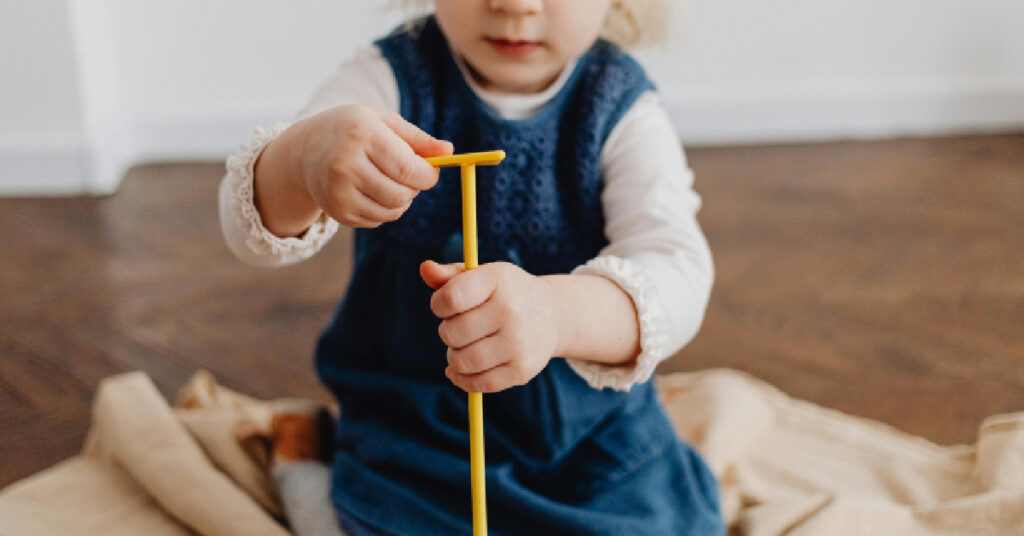
15 Best Toys for Building Independence — That Aren’t Boring or Overhyped
From magnetic tiles to dolls and pretend kitchens, these 15 toddler toys are actually worth the shelf space — and designed to encourage solo play
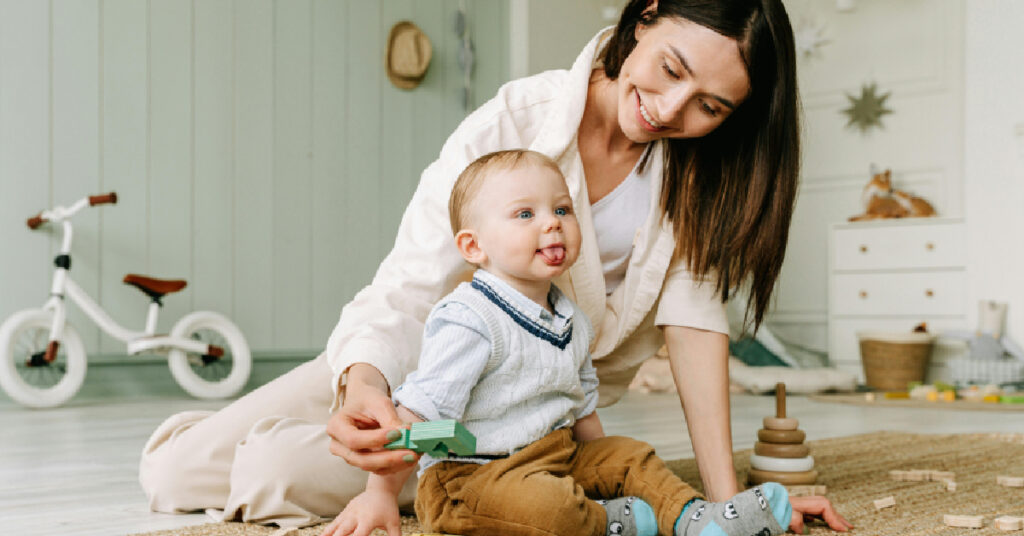
If your toddler won’t play independently and your only solo time is when they’re strapped into a car seat — I see you. If you’ve tried setting up the “perfect” playroom only for them to follow you around like a lovesick duckling, welcome. You are not alone.
For the longest time, I couldn’t even pee without a tiny audience. I had shelves full of toys, baskets of sensory activities, and still… my toddler wanted me. Always.
Sound familiar?
Here’s the thing: toddlers are wired to connect. They crave closeness, they learn through modelling, and playing alone isn’t something they just know how to do — it’s something they slowly learn.
So if your toddler won’t play independently, it’s not a sign you’ve done something wrong. It’s a stage. A normal, sticky, demanding, absolutely exhausting stage.
But there are gentle, realistic ways to nudge them toward more solo play — without guilt, without rigid routines, and without needing to buy another Pinterest-worthy toy shelf.
In this post, I’ll walk you through what didn’t work, what finally helped, and how we went from constant cling to “Mum, I’m busy!” (actual quote, nearly cried). You won’t find magic fixes — just honest strategies that made real change in our house.
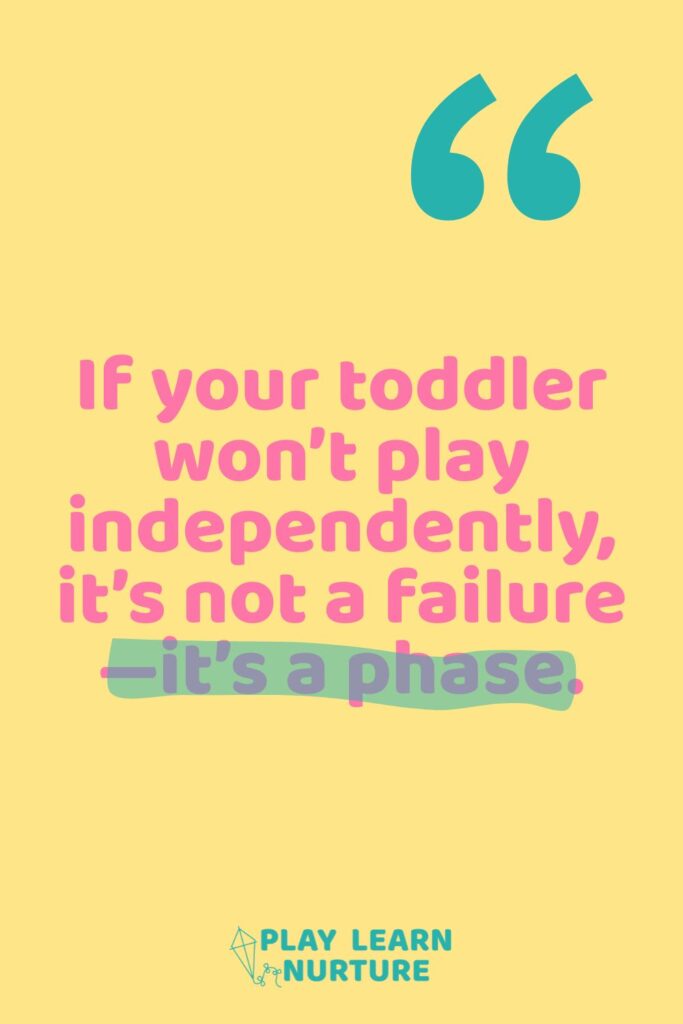
Before we jump into strategies, let’s get one thing straight: if your toddler won’t play independently, it’s not because you’ve failed. It’s because… they’re a toddler.
Solo play isn’t some magical milestone that just happens. It’s a skill — and like walking or toilet training, it takes time, practice, and a whole lot of patience.
Here’s what’s actually going on:
Their default mode is “near you.” You’re their safe zone, their co-regulator, their everything. When a toddler doesn’t play independently, it often means they’re still learning how to feel secure without your constant input — not that they’re clingy or broken.
Independent play requires confidence, imagination, and self-direction. That’s a tall order for a tiny human. If your toddler wanders aimlessly or clings to your leg instead of diving into blocks, it might be because they haven’t learned how to get started yet.
Play can feel overwhelming if there’s too much choice, too many toys, or not enough routine. That cluttered toy box? It’s visual noise to a toddler. They may want to play, but they don’t know where or how to begin.
You know that toddler on Instagram building a Lego city alone while Mum drinks a hot latte in silence? Yeah, that’s the highlight reel. In real life, expecting a 2-year-old to play solo for 30+ minutes is often not realistic — especially if they’ve never been guided toward it before.
So if your toddler won’t play independently right now, you’re not behind. You’re just in the thick of it. And the fact that you’re reading this means you’re doing exactly what a good parent does: learning, trying, showing up.
Read More: Independent Play by Age: What’s Realistic at 1, 2, 3, 4, and 5?
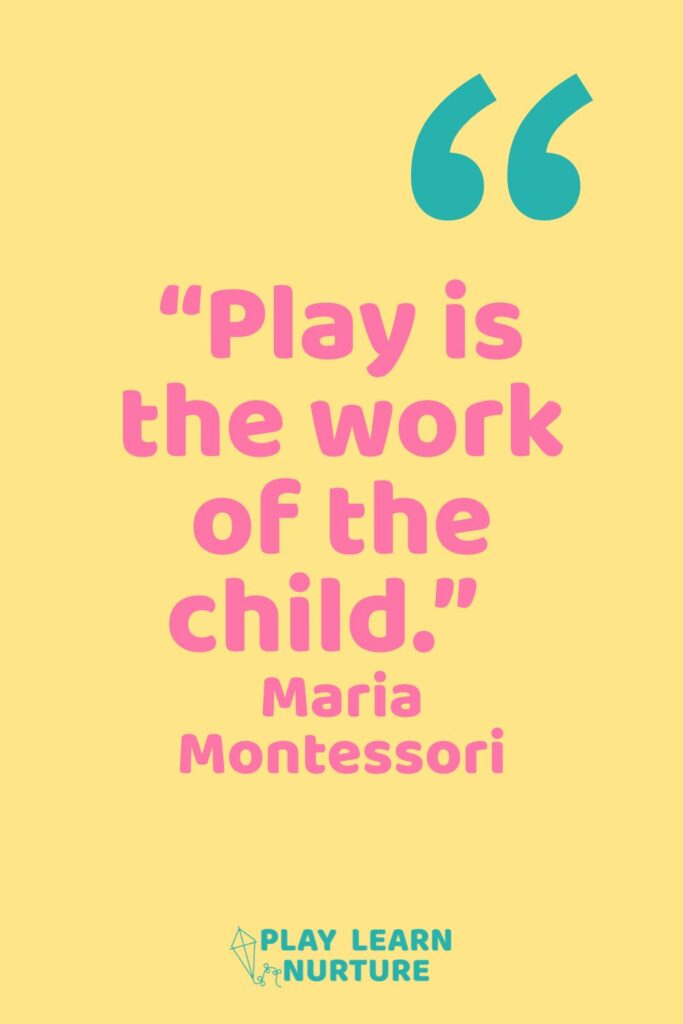
Before we dive into what did help, let’s talk about the things I tried (with the best intentions) that totally flopped. Because if your toddler won’t play independently, and you’ve been doing all the things with no results… same.
Here’s what didn’t work for us:
I assumed variety would equal engagement. It didn’t. The more toys I added, the more overwhelmed my toddler became — and the less he played. Turns out, less is actually more when it comes to focus.
You know the ones: rainbow sorting trays, themed stations, colour-coded bins. I’d spend half an hour setting them up and two minutes later? My toddler was crawling on my lap asking for snacks. Beautiful? Yes. Effective? Not so much — at least not for building independent play.
For a while, I thought, “They’ll grow out of it.” Spoiler: they didn’t. Independent play is a skill that needs gentle modelling and support, not just time and toys.
When your friend’s toddler plays alone for 30 minutes and yours won’t give you 30 seconds? It’s easy to spiral. But every child is different — and comparison is the thief of peace (and patience).
So if you’ve tried a bunch of stuff and your toddler still won’t play independently, don’t throw in the towel. The trick is in small, realistic shifts — not massive overhauls.
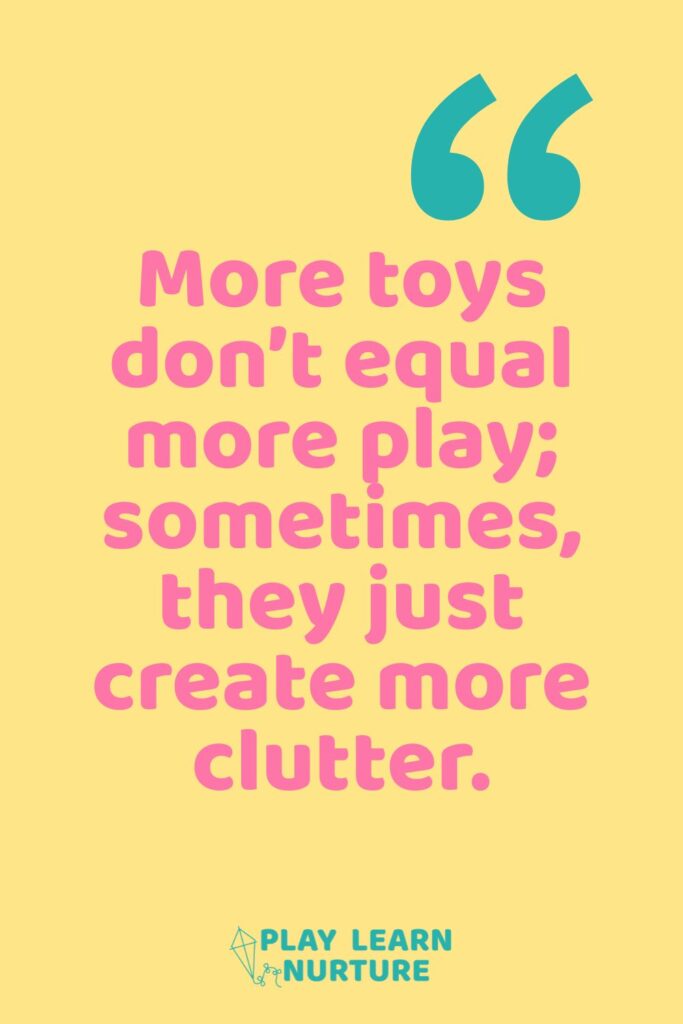
If your toddler won’t play independently, these five strategies can gently guide them toward solo play:
Design a childproofed area where your toddler can explore freely without constant supervision. This autonomy fosters confidence and encourages independent play .
Read More: The Power of “Yes Spaces”: Safe Environments That Invite Play
Begin by encouraging brief periods of independent play, even just 2–3 minutes. Gradually increase this time as your child becomes more comfortable .
Read More: How to Encourage Open-Ended & Independent Play in Toddlers
Opt for simple toys like blocks or nesting cups that can be used in various ways. Such toys stimulate creativity and sustain engagement without overwhelming your child .
Read More: Best Open Ended Toys For Toddlers by Age (1–5 Years)
Engage in play with your toddler to demonstrate how to use toys, then gradually step back to allow them to take the lead. This approach builds their confidence in playing alone
Read More: Independent Play by Age: What’s Realistic at 1, 2, 3, 4, and 5?
Allowing your child to experience boredom can spark creativity and self-directed play. Resist the urge to fill every moment with structured activities .
Read More: 10 Must-Have Toys That Promote Creativity and Self-Led Play
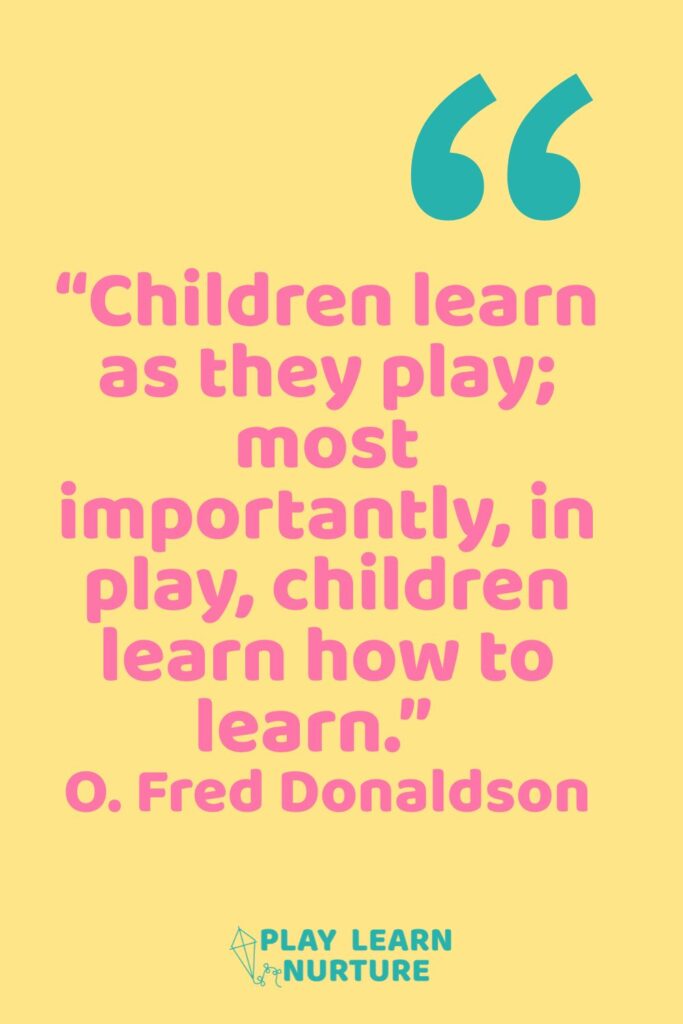
If your toddler won’t play independently, progress may not be linear. Some days, they might engage in solo play for a few minutes; other days, they may seek your constant attention. Recognizing that independent play is a skill developed over time can help set realistic expectations .
Here’s what to keep in mind:
Children’s ability to play independently varies with age and temperament. For instance, toddlers aged 1 to 2 years might manage up to 4 minutes of solo play, while those aged 3 to 4 years could engage for about 8 minutes .
Establishing a routine that includes designated times for independent play can help your child become more comfortable with the concept. Over time, these periods can be gradually extended as your child gains confidence .
Acknowledging and celebrating even brief moments of independent play reinforces positive behavior. Phrases like “I noticed you played with your blocks all by yourself—that’s fantastic!” can boost your child’s confidence and encourage longer periods of solo play .
Being nearby while your child plays independently can provide a sense of security. This proximity allows them to explore autonomy while knowing you’re available if needed .
Developing independent play skills is a journey. Patience and understanding are key as your child learns to navigate solo play. Remember, each child progresses at their own pace, and your support plays a crucial role in their development .
If your toddler won’t play independently, remember: it’s not a reflection of your parenting or their abilities. Independent play is a skill that develops over time, nurtured by patience, consistency, and understanding.
Every child is unique, and progress may be gradual. Celebrate the small victories — a few minutes of solo play today can lead to longer periods tomorrow. By creating a supportive environment, offering engaging, open-ended toys, and encouraging autonomy, you’re laying the foundation for your child’s growth and self-confidence.
So, take a deep breath and acknowledge the efforts you’re making. Your dedication is guiding your toddler toward greater independence, one step at a time.


From magnetic tiles to dolls and pretend kitchens, these 15 toddler toys are actually worth the shelf space — and designed to encourage solo play
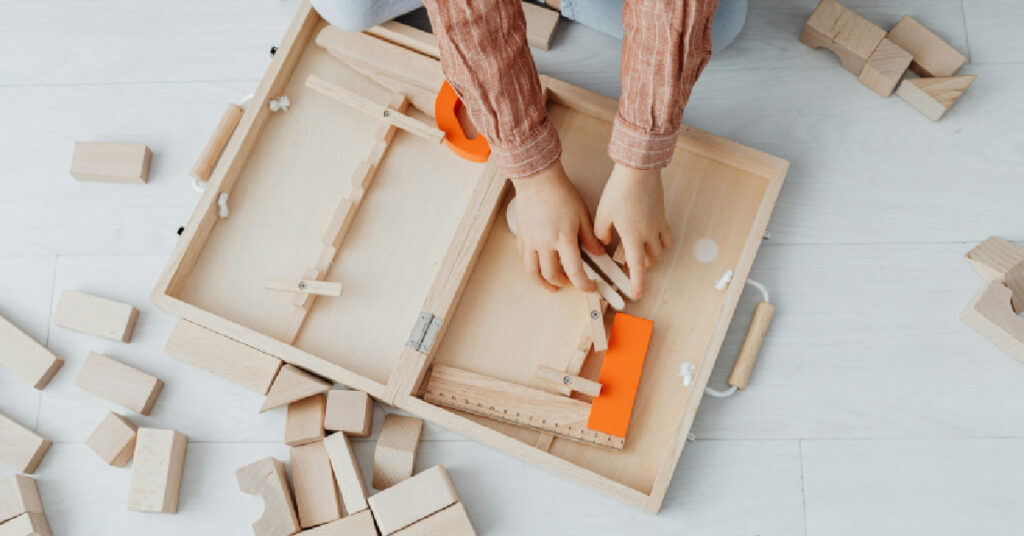
Delve into the world of loose parts play with our selection of toys that inspire exploration and innovation. Perfect for enhancing your toddler’s sensory and
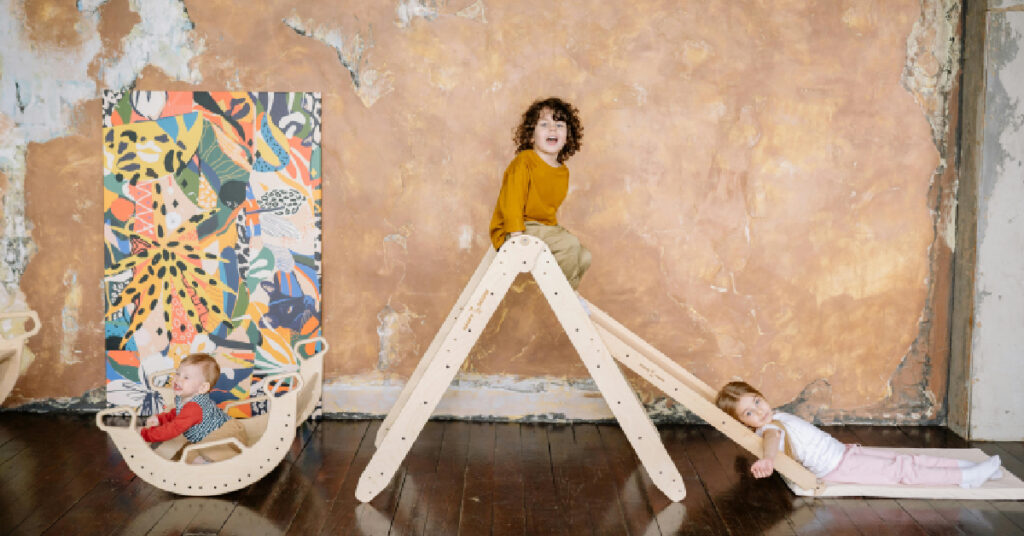
Simple, real-life play space ideas for toddlers that spark imagination, support independence, and give you a moment to breathe — no Pinterest-perfect setup required.

When the milk spills, the toddler tantrums, and your patience snaps before 9AM — you’re not failing. This is one mum’s story of surviving the
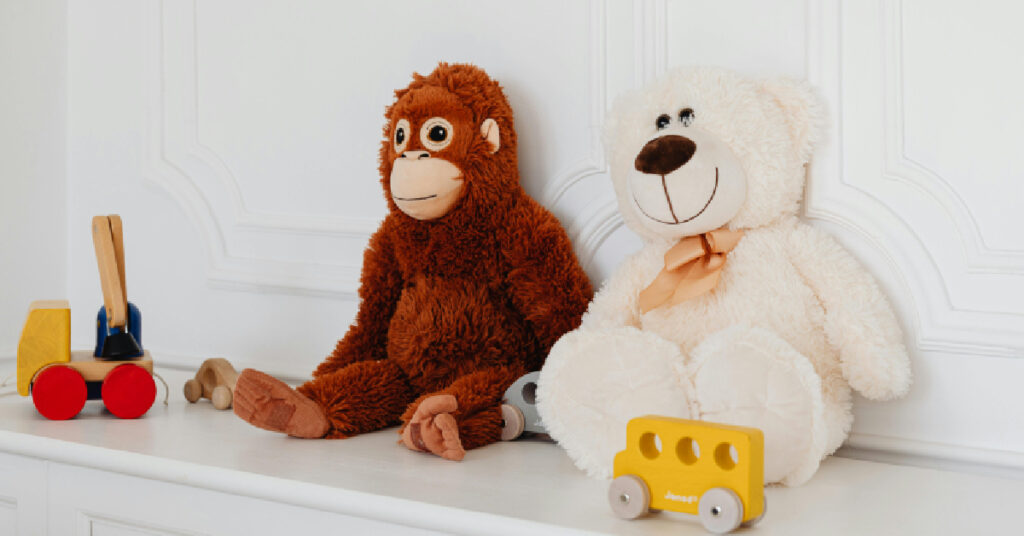
Discover how a simple toddler play schedule can create calmer days, boost independent play, and give you back precious breathing space — no strict routines

One chaotic morning, I realised the tension in the house wasn’t just coming from my toddler — it was coming from me. This is the